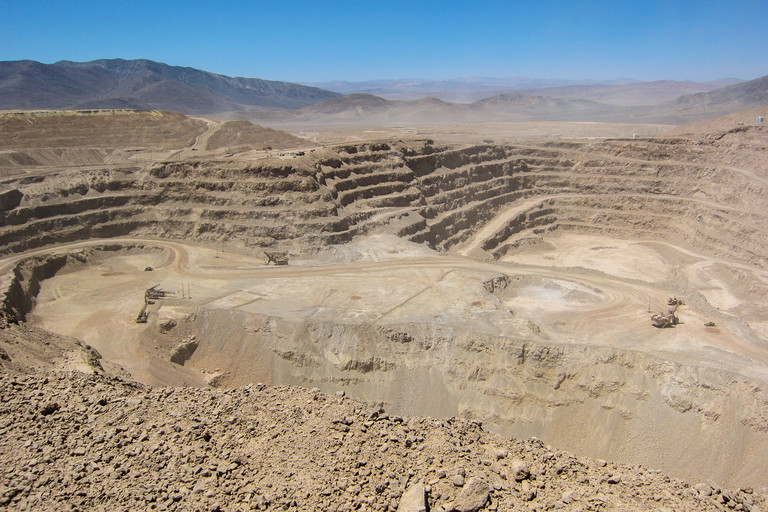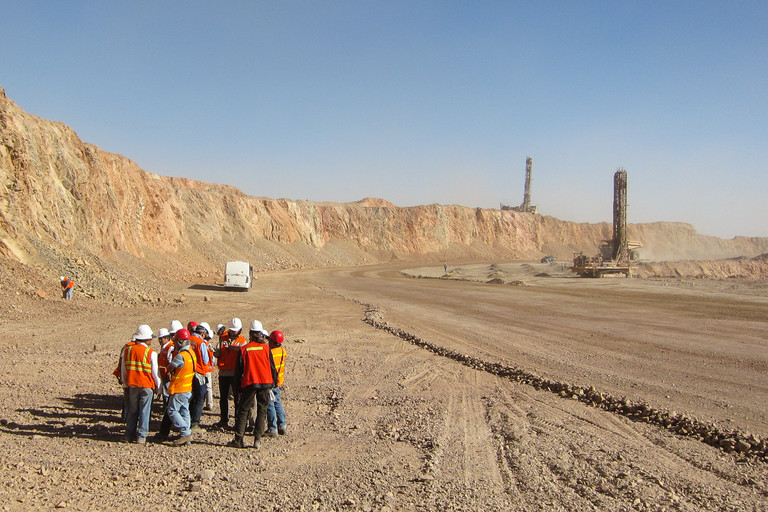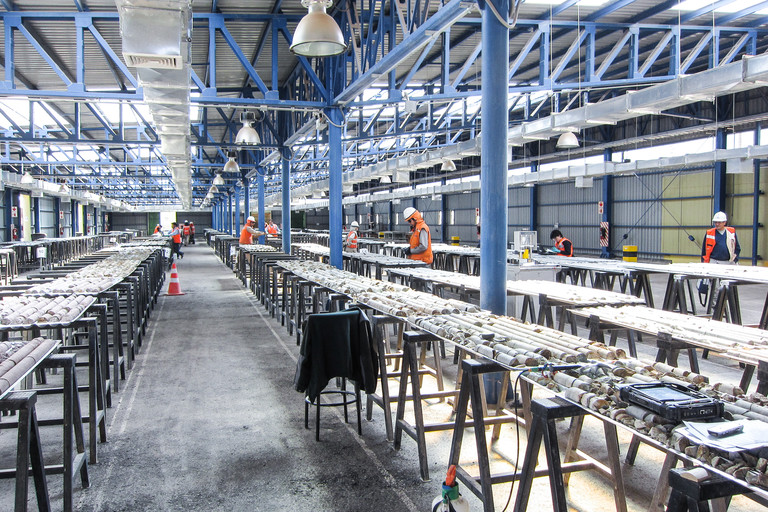Industrial Mining
Despite the fact that automated characterization of mineral processing related materials by QEMSCAN and MLA is common since the 1980s it took almost 25 years that also samples directly coming from mines were evaluated. As geometallurgical approaches have entered in many mining companies the usage of automated materials characterization has increased in this field of application. The study of larger ore and host rock samples from a mine allows to provide valuable information for mine planning and mineral processing behavior prediction before comminution.
In the field of mining the main benefit of automated materials characterization is in accurate determination of parameters such as modal mineralogy, elemental distributions, mineral locking, mineral association, particle size and mineral grain size. Particularly the parameters of mineral locking and mineral association of the primary ore are of large importance as these have a direct impact on breakage behavior during subsequent mineral processing. The knowledge of these primary ore features allows the best possible adjustment of the crushers and mills before any ore is comminuted in practice. A further advantage of the application of automated materials characterization in combination with the determination of geomechanical properties is the possibility to optimize the procedures for drilling and blasting in a mine based on the analysis results.
By a detailed study of samples from mining blocks automated materials characterization can contribute to the geometallurgical modeling by providing accurate quantitative mineralogical data. This helps to choose optimal recovery methods and to identify potential value mineral losses in advance.



